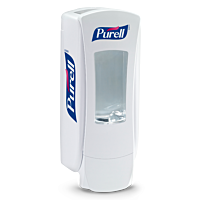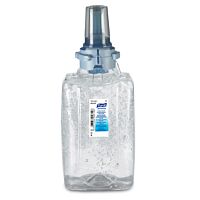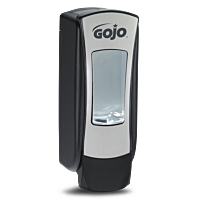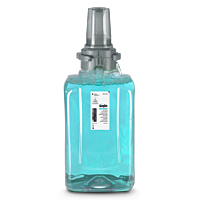In the bustling environment of schools and universities, maintaining proper hand hygiene is a vital step in preventing the spread of illnesses among students and staff. With the prevalence of germs and the potential for infectious outbreaks, selecting the right hand-hygiene dispensers plays a crucial role in avoiding the dreaded ‘freshers flu’.
Understanding the Need for Hand Hygiene
Germs are ubiquitous, lurking on surfaces and waiting to be transferred through human contact. Surprisingly, studies show that a significant portion of individuals neglect proper hand hygiene practices, with only 42% washing their hands before eating and a staggering 20% forgoing handwashing after using the restroom¹. These statistics underscore the importance of implementing robust hand hygiene measures in educational settings.
Factors to Consider When Choosing Dispensers
- Campus Layout: Assessing the layout of the campus helps determine optimal dispenser placement. Consider the size of washrooms and other high-traffic areas to select dispensers that fit seamlessly into the environment.
- Level of Traffic: It is important to consider the frequency of foot traffic in deciding what type of dispensers to use. In educational settings, high traffic and low traffic areas refer to the number of people passing through or spending time in specific locations on campus. For high traffic areas, such as the library, cafeteria, and classrooms, it is recommended to use high-capacity dispensers as they need less frequent refilling and ensure a continuous supply of soap and sanitiser. In contrast, areas with lower traffic, like faculty offices, laboratories, and research facilities, could use hand sanitiser bottles.
- Dispenser Service Requirements: Ensuring consistency in the type of dispensers used can simplify maintenance and enhance efficiency for cleaning staff. GOJO offers a variety of dispensing systems with large windows, making it easy for maintenance teams to check when refills need to be changed. By choosing the same dispensing system across all areas of your facilities, upkeep can be streamlined across the campus.
- Campus Safety: Addressing the risk of vandalism or damage to dispensers is crucial. GOJO dispensing systems provide LOCK OR NOT™ technology which gives the facility managers the option to convert the dispensers into locking systems, ensuring sturdy and secure dispensers.
Touch-Free vs. Manual Dispensers
The decision between touch-free and manual dispensers hinges on several considerations:
Manual Dispensers:
- Eliminate the need for frequent battery replacements and reduce accidental dispenses.
- Less opportunity for false or accidental actuations/dispenses.
- May require more frequent cleaning due to increased touchpoints.
Touch-Free Dispensers:
- Offer convenience and hygiene benefits, particularly in high-traffic areas.
- Preferred by many users due to reduced germ transmission and ease of use.
- Can be more resilient to wear and tear and offer control over output to limit waste.
Ensuring effective hand hygiene practices is essential for safeguarding the health of students and staff in educational institutions. By carefully considering factors such as campus layout, traffic levels, service requirements, and dispenser type, schools and universities can select the most suitable hand hygiene dispensers to create a safer and healthier learning environment for all. The GOJO and PURELL range of dispensers offers solutions tailored to the unique needs of educational settings, promoting hand hygiene excellence across campuses.
Sources:
1. https://www.food.gov.uk/research/consumer-handwashing-main-findings

















